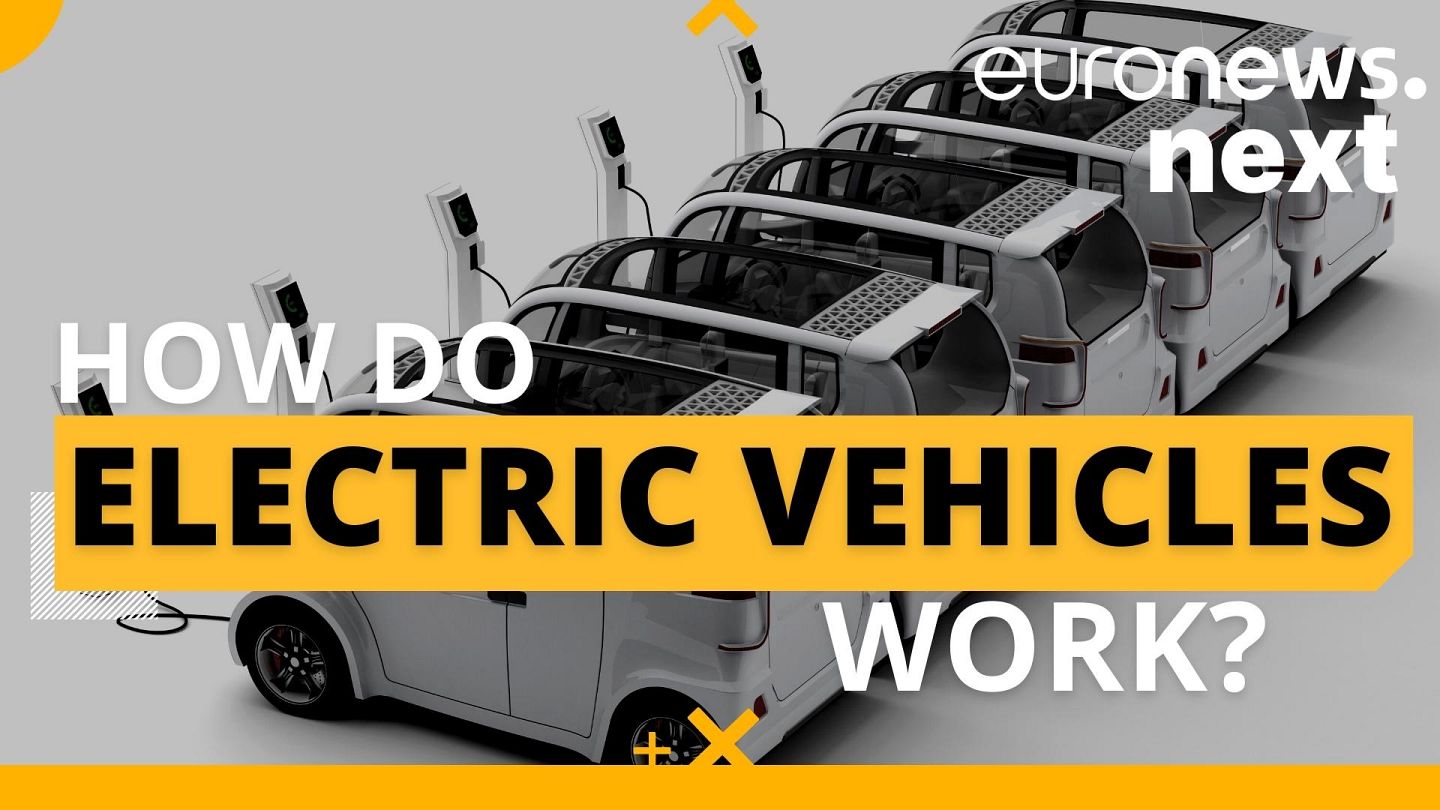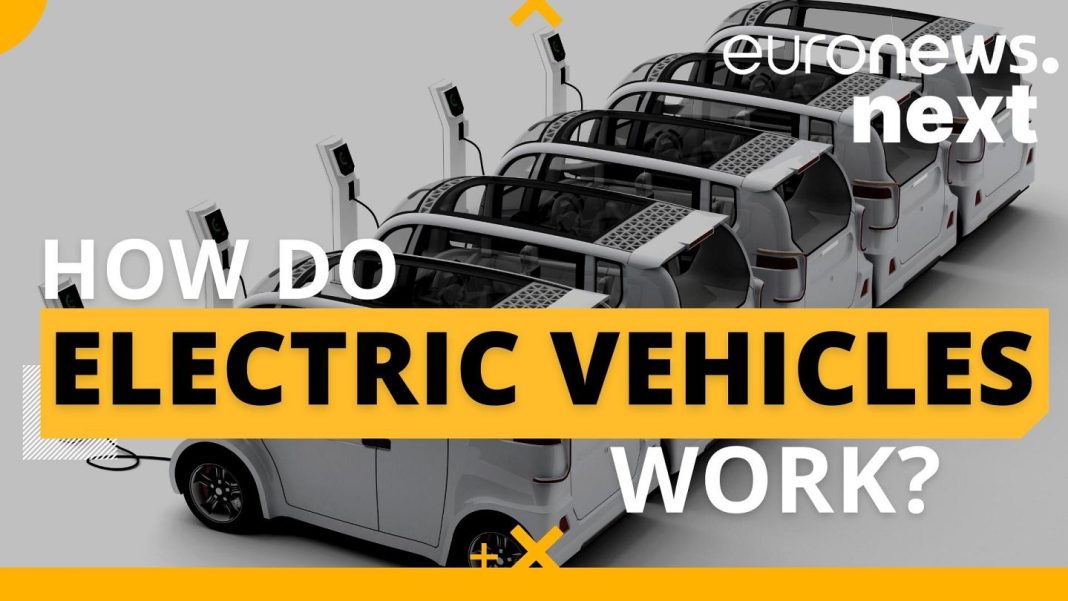 Title: The Potential for Electric Vehicles to Save Australian Consumers Money
Title: The Potential for Electric Vehicles to Save Australian Consumers Money
Introduction:
Electric vehicles (EVs) have the potential to revolutionize the energy landscape, providing significant cost-saving benefits for Australian households and small businesses. While the current savings are relatively modest, experts predict that by 2030, EV owners could save up to $1,400 annually compared to conventional vehicles. However, to fully realize these benefits, accessible and reliable EV charging infrastructure is crucial.
The Cost-Saving Benefits of EVs:
According to Energy Consumers Australia, EVs currently save motorists around $100 per year compared to traditional vehicles. This figure takes into account the higher purchase price of EVs. However, Brian Spak, the director at Energy Consumers Australia, emphasizes that as EV prices decrease, the cost-saving benefits will increase substantially. The CSIRO has projected that by 2030, the savings for every driver could reach more than $1,400 per year.
Benefits for Other Consumers:
It’s not just EV owners who stand to benefit from the widespread adoption of EVs. The CSIRO’s analysis suggests that other consumers could save approximately $180 per year at present, increasing to $300 per year in the future. This is because EVs typically charge when the grid is not stressed, which helps to put downward pressure on network prices. California serves as a successful case study, where the increased utilization of EVs has resulted in net benefits of over $2 billion for other grid users.
Challenges with Charging Infrastructure:
Despite the promising potential of EVs, the limited access to charging infrastructure remains a significant barrier to their widespread adoption in Australia. Timothy Jarratt, an executive at Ausgrid, highlights that in New South Wales (NSW), approximately 30% of consumers face difficulties in finding a place to charge their vehicles. This issue is particularly prevalent for renters, apartment dwellers, and those without driveways.
Addressing the Charging Infrastructure Shortage:
To alleviate the shortage of EV chargers in NSW, Colin Crisafulli, a general manager at Endeavour Energy, suggests retrofitting existing poles and electricity infrastructure. Collaborating with the state government, his company has already rolled out 22,500 EV chargers on NSW’s network. This cost-effective solution aims to improve the charging experience and make charging infrastructure more accessible for all consumers.
The Need for Reliable Charging Infrastructure:
While expanding charging infrastructure is imperative, it is equally important to ensure its reliability. Brian Spak highlights that the biggest issue with public EV chargers is maintenance. To address this concern, he recommends establishing robust reliability standards for charging infrastructure. By implementing such standards, consumers can trust that the charging stations will be operational when needed, preventing frustration and inconvenience.
Conclusion:
Electric vehicles offer significant cost-saving opportunities for Australian consumers. While the current savings are modest, projections indicate that by 2030, EV owners could save up to $1,400 annually. Moreover, the increased utilization of EVs puts downward pressure on network prices, providing benefits for other consumers as well. However, to fully realize these benefits, accessible and reliable EV charging infrastructure is crucial. By addressing the shortage of chargers and ensuring their maintenance, Australia can pave the way for a successful transition to electric vehicles, benefiting both consumers and the environment.


